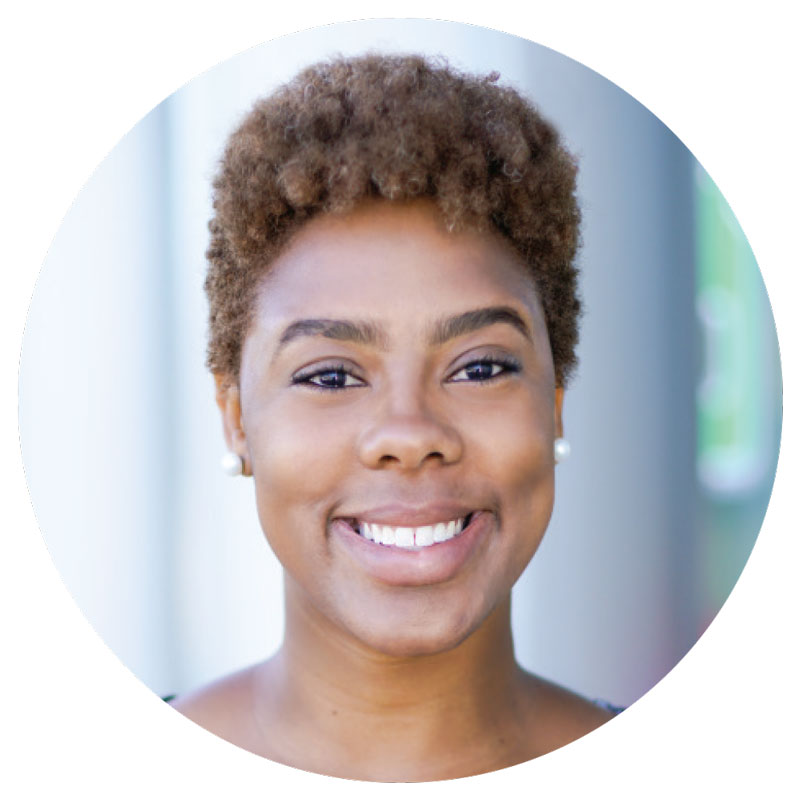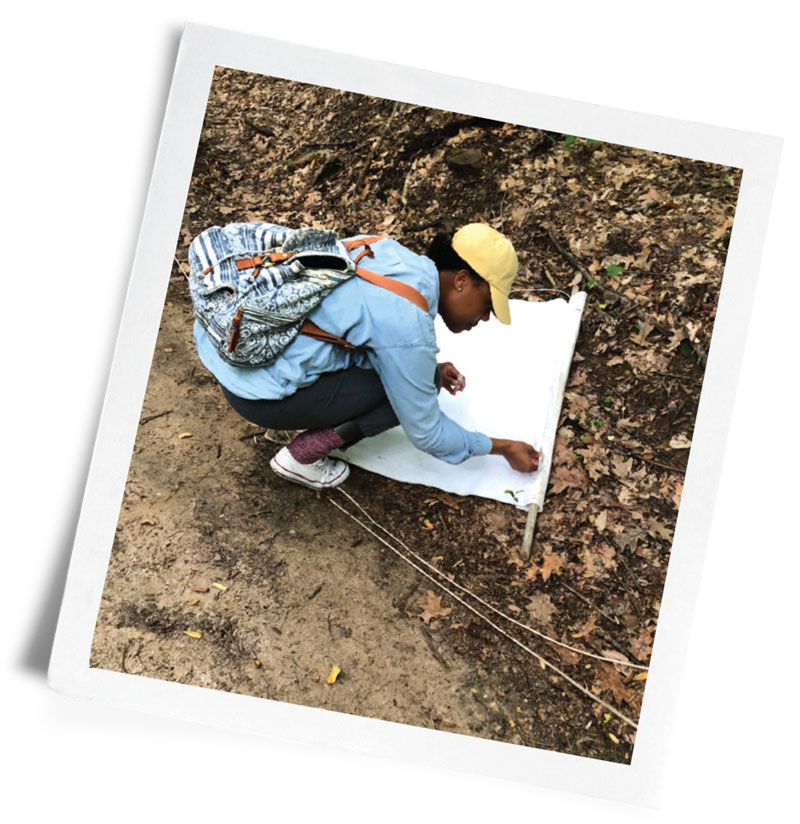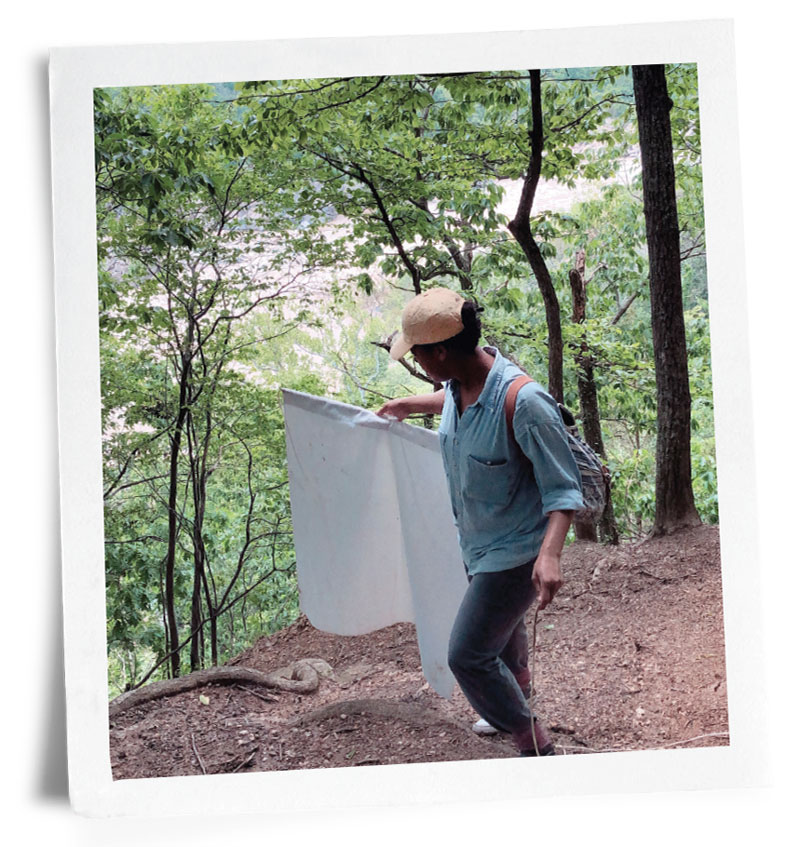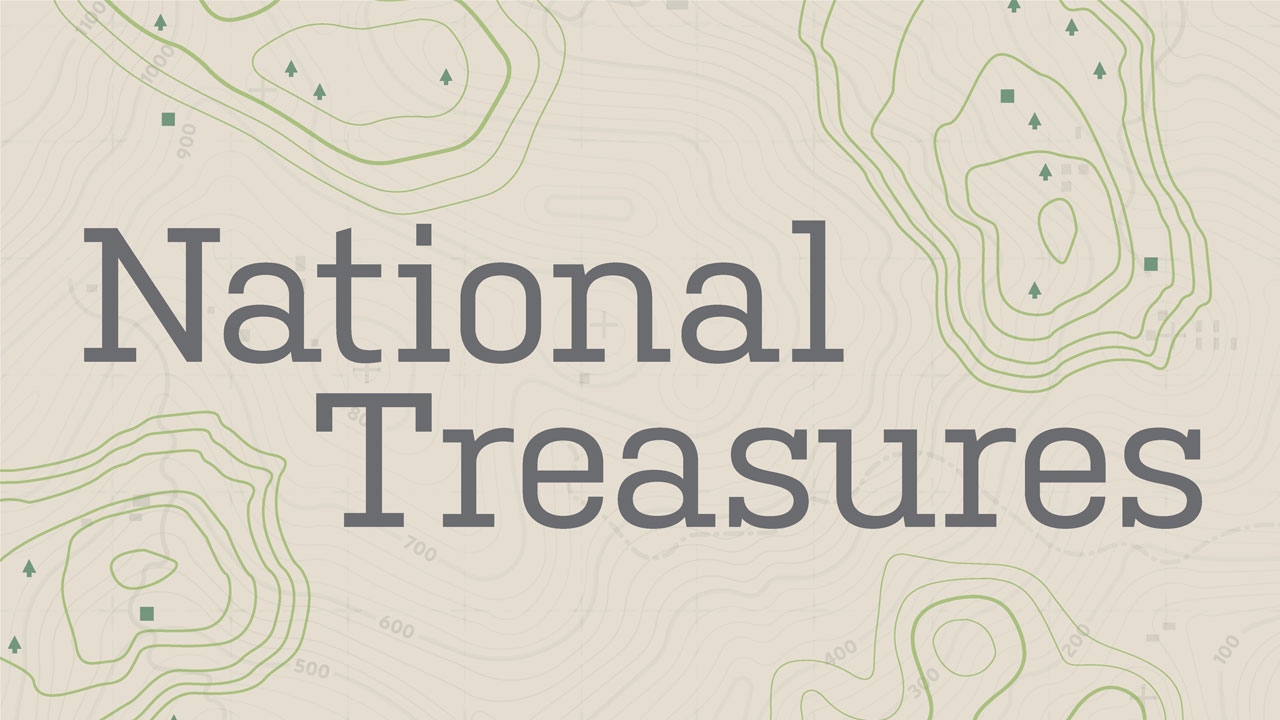
Subria Spencer took a deep breath as she opened the email from her new supervisor at the Centers for Disease Control and Prevention (CDC). The 2016 School of Public Health graduate (pictured) had been selected from a field of 3,500 applicants to join CDC’s Public Health Associate Program. She knew the highly competitive two-year training program could take her to a host site anywhere in the United States or its territories, from local health departments to state agencies to Native American tribal health centers. Still, Spencer was surprised when the email assigned her to the National Park Service (NPS). “Does that mean I’ll be a park ranger?” Spencer asked herself.
Today, as the Auburn, Alabama, native enters the program’s final year, Spencer has become a champion of public parks and their potential to make a positive impact on health. She says her experience working with the NPS Office of Public Health has given her a fresh perspective for analyzing and addressing community needs.
Healthy by nature
From its headquarters in Washington, D.C., the Office of Public Health has a Grand Canyon-sized mission: Monitor the 417 NPS park units, which cover 84 million acres and welcome more than 330 million visitors annually. That task includes promoting public and environmental wellness, disease prevention and response, and emergency preparedness. Spencer is responsible for developing effective communication tools, such as an internal newsletter, and for gathering key surveillance data. “One of my responsibilities is to identify, track, and ultimately prevent the spread of certain diseases that might exist in the parks.”
Spencer also spearheads Paving Paths for Diversity, a program designed to help community groups, particularly senior adults, students, and military families, enjoy the health benefits of parks. “We want to promote the health and well-being of diverse populations by rebuilding community relationships, inspiring connectivity with nature, and establishing a sense of belonging by redefining the perception of national parks as havens of inclusion,” Spencer explains. Her goal is to create a program framework that can be implemented in parks across the country.
 (Above and below) Spencer conducts tick surveillance in a Washington, D.C.-area national park. Photos courtesy of Subria Spencer.
(Above and below) Spencer conducts tick surveillance in a Washington, D.C.-area national park. Photos courtesy of Subria Spencer.“One health”—the perspective that the health of people, animals, and environment is interconnected—is the guiding philosophy for her diverse roles, Spencer says. “Public health discussions often include strategies for environmental change such as increasing air quality, encouraging proper waste disposal, and cleaning major waterways,” she says. “While those conversations exist within our scope, the Office of Public Health strives to elevate the importance of viewing parks as a health resource.” That broad approach “shifts the societal paradigm for health care in our nation.”
Farm to table
“Planning is essential, but flexibility builds character”: That’s how Spencer sums up her career path, which began when she enrolled at UAB as a biology major with plans to attend medical school. But the newly introduced public health undergraduate program intrigued her. In Origins of Epidemics, a course taught by Max Michael, M.D., then dean of the School of Public Health, she became captivated as he explained the difference between clinical medicine and public health. “Medicine focuses on one patient, their set of symptoms, and a proper plan or course of treatment,” Spencer says. In public health, “the patient is the community.”
The prospect of helping entire communities achieve better health inspired Spencer to change majors and pursue service-learning opportunities. “One of UAB’s greatest offerings is the opportunity to take courses that provide in-class learning coupled with real-world experiences,” she says. In her Food Security and Nutrition course, Spencer worked with local organizations such as Magic City Harvest and Jones Valley Teaching Farm to study food deserts—areas with limited access to affordable and nutritious food. She successfully advocated for community gardens and farmers markets as tools to put healthy food options within reach.
Spencer continued to examine food security through two prestigious service-learning opportunities. The CDC’s Summer Public Health Scholars Program took her to Columbia University, where she worked with Brooklyn’s Red Hook community to analyze needs and develop healthy retail options following Hurricane Sandy. Next, she helped establish Blazer Kitchen, a food pantry for UAB students, employees, and patients in need, as an AmeriCorps VISTA fellow in UAB’s Office of Service Learning and Undergraduate Research.

Spencer credits the mix of classroom and community training for helping her achieve healthy outcomes with each project. “The ability to communicate with individuals from different backgrounds, to understand the many factors that might affect a person’s well-being, and to utilize the resources to effect change was due in part to my unparalleled UAB education,” she says.
Foundations for better health
Spencer describes much of her work prior to NPS as direct service. “I quickly saw the fruit of my labor,” she explains. “However, my current role focuses on capacity building, which means my efforts will reap benefits that I may or may not witness. I am learning to trust the capacity-building process, knowing that I helped build strong foundations that resulted in sustainable projects.”
The promise of creating long-lasting, positive impacts has inspired Spencer to pursue a master’s degree in public health and urban planning following her NPS tenure. Connecting the two disciplines will help her examine ways to heal fractures in cities and towns across America, she says. “I want to cultivate and enhance communities through sustainable efforts that ultimately foster health and well-being for all.”


